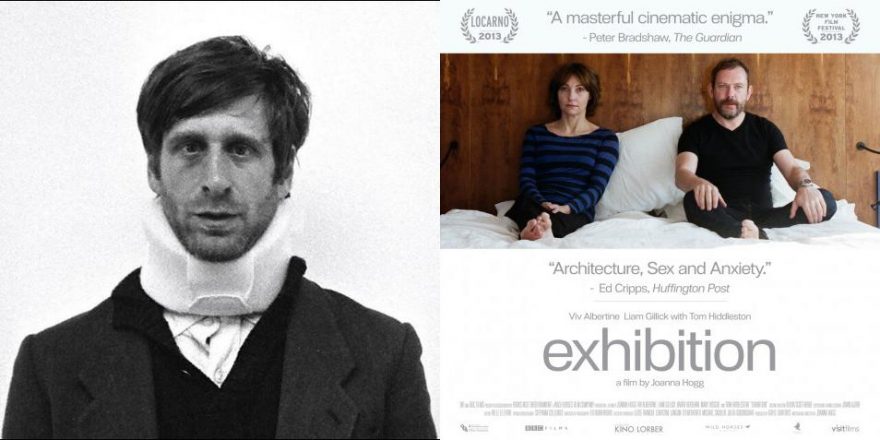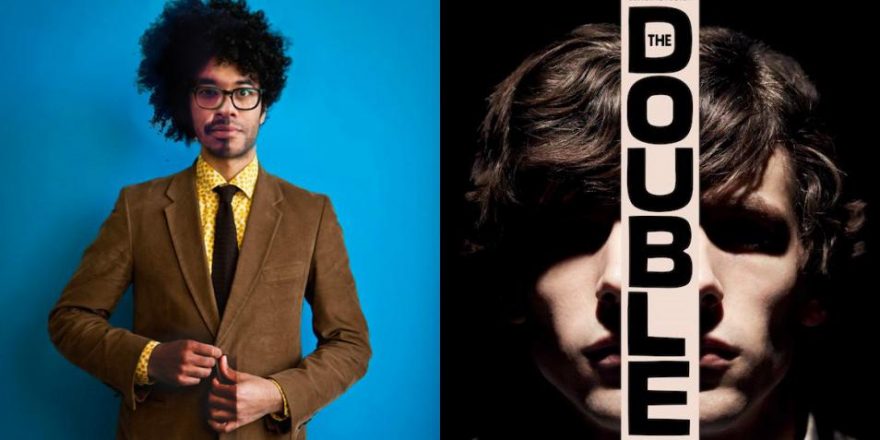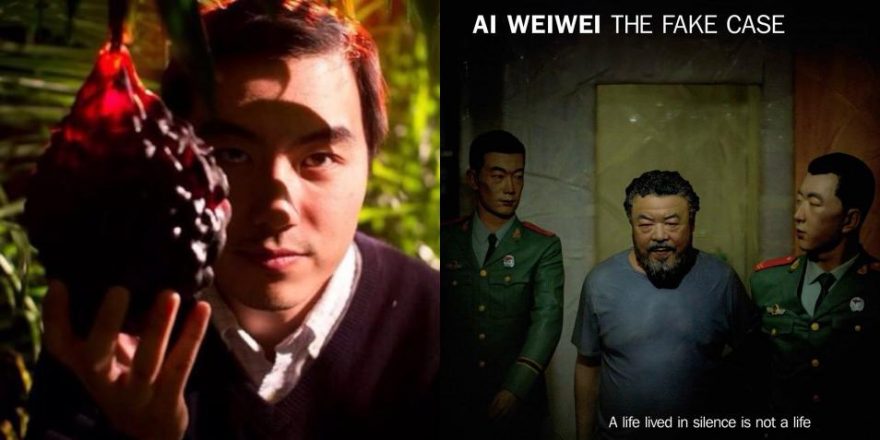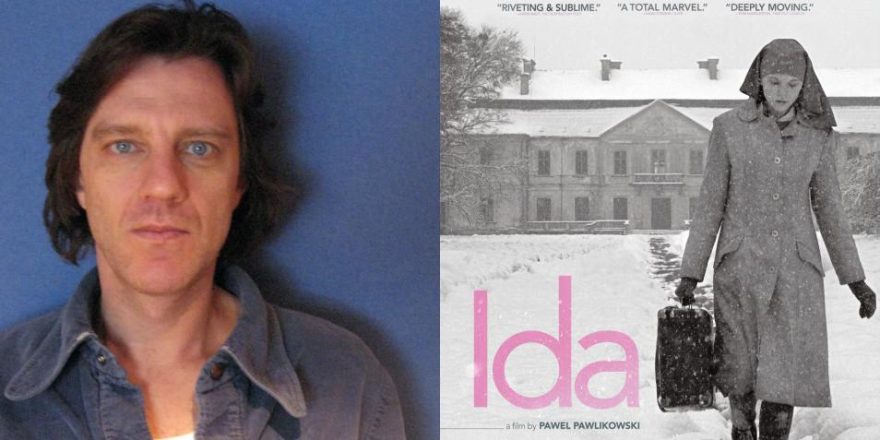Watching Joanna Hogg’s new film, Exhibition, I was reminded of the pioneering landscape work of the artist Robert Irwin, a former painter who came to believe art was about perceiving the world with a primal sense of wonder, and took the world as his canvas.
Irwin is one of my favorite artists, so whenever I’m in Los Angeles, I make sure to walk through the beautiful garden he designed for the Getty Center. On the right day, the majesty of the place is indescribable. The garden feels like the work of a man who stared at the world with an open and loving eye for so long that he landed on the fundamental principle of existence: change. The garden is constantly changing. Depending on the season, given plants express themselves prominently, while others disappear, only to arise again at a different juncture. If one were to visit the garden six times in a year, each time it would be substantially different and equally beautiful. For Irwin, the key to beautifying the world was embracing change.
Irwin has a kindred spirit in British filmmaker Hogg. Like much of Irwin’s work, her new film, Exhibition, is extremely subtle, meditative, and less interested in narrative than perceptual experience. The most significant similarity, however, is arguably her insistence on the importance of embracing change. Exhibition revolves around a childless middle-aged woman, referred to simply as D (Viv Albertine, formerly the guitarist in post-punk band The Slits), whose husband, H (Liam Gillick), wishes to move out of the house that they’ve shared for 20 years. While D seems to have tentatively accepted his wishes, the impending move brings up psychological anxieties in D that eventually begin to affect her physical being. Like it or not, D is forced by her own ambivalence to confront the inevitability of change.
I wouldn’t go so far as to call Exhibition non-narrative or non-linear, since the film traces D’s development chronologically, but Hogg appears completely uninterested in giving her viewers a story with a conventional plot. Instead, she asks us to perceive and feel another person’s experience of change. Almost all films employ certain techniques (narrative, visual and otherwise) that encourage the viewer to relate to their protagonists. Exhibition does not. Hogg keeps D at arms length. Rather than spoon-feed us D’s “story,” Hogg’s film makes us experience her behavior, allowing us to infer from it what we will, and does so with considerable creative precision. Though in a few instances Hogg takes us “inside” D’s mind via dream sequence, D’s dreams remain as obscure to us as her waking activity.
Most of Exhibition centers around D’s interactions with H and the house that they are on the verge of leaving. Both D and her husband are artists, but H is clearly the more successful of the two by a wide margin. H appears to be the family’s sole breadwinner and, despite the fact that D ostensibly spends as much time working as H, she has never had an exhibition. In fact, D is so intimidated by her husband’s success that, at the outset of the film, she refuses to speak with him about her work for fear that his ideas will overpower her own. H insists that he only wants to help and in this he appears earnest and well intentioned. He wants desperately to be a part of her internal life, but she resists for fear of being overwhelmed. This early allusion to D’s fear of intimacy resonates throughout the film and appears to be the key to recognizing D’s predicament.
We learn of D’s intentional remoteness toward her husband soon after we learn that he’s initiated the process of selling their home with her tepid permission, thus implying a connection between the two phenomena. H seems to want to move forward emotionally and physically, while D remains as emotionally tied to old ways of being as she is to the house itself. The predicament is further elucidated by the fact that anytime H wants to leave the house, D resists, refusing to join him. When she finally does leave the house for dinner at their friends’, she faints. D is clearly emotionally bound to their home; even her art and sexual fantasies revolve around the concept of bondage. Confronted with the specter of change, D clings desperately to the past in a manner that suggests subjugation.
Just as they do in Irwin’s garden, plants figure prominently in Hogg’s meditation on change. Throughout Exhibition, Hogg’s camera deviates from the human dynamics that constitute the principal substance of the film to dwell on the foliage that surrounds D’s home. Hogg invites us to watch plants being rained on, blowing in the wind, and basking in the sun, seemingly drawing a parallel between the processes that manifest themselves in the emotional lives of individuals in relationship (in this case D and H) and those that constitute the natural world. There is evidence in Exhibition that D herself is drawing the same parallel.
In one striking example toward the end of the film, D gazes thoughtfully through her own oblique reflection in a window outside at a tree and the sky behind it. The shot creates the impression that D, the tree, and the sky are part of the same body, providing a subtle but powerful allusion to the oneness of all things. Soon after D ponders the aforementioned image, she finally takes the steps necessary to move forward. Hogg, like Irwin, seems to be reminding us that people are, inescapably, only one of the many elements that constitute the natural world, and as such, are nothing more than the confluence of natural processes, the most fundamental of which is change.
The mechanisms that create and sustain the universe are the same forces that create and sustain human individuals as well as their relationships to others. We are natural phenomena and, as such, are subject to the same perpetual upheaval. Like Irwin’s garden at the Getty, Exhibition seems to suggest that we might as well embrace change; after all, change is all that there really is.






